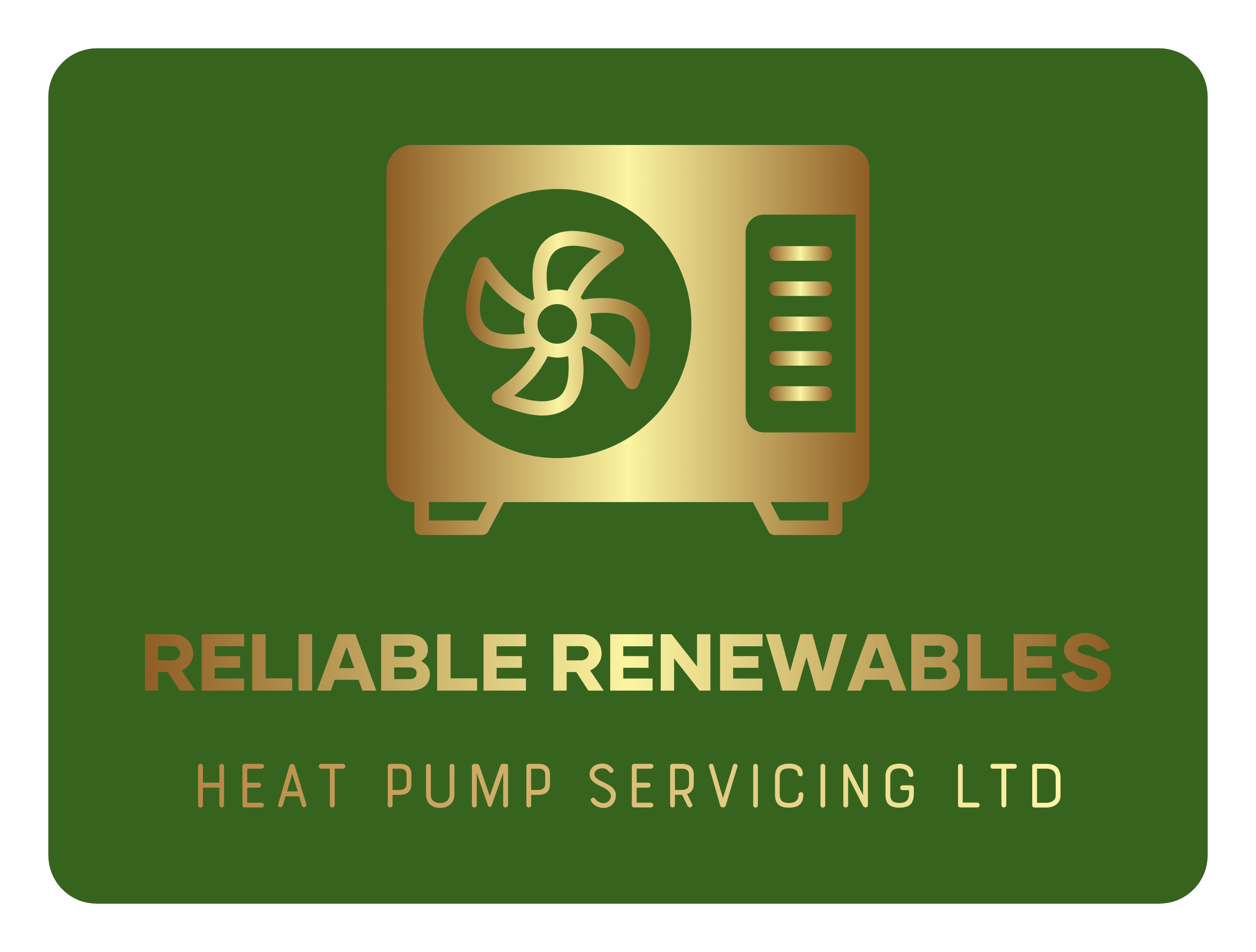Reliable Renewals – Getting the Best from Your Heat Pump
- Web Solutions

- Sep 2
- 2 min read
Updated: Sep 13
One of the main differences between a boiler and a heat pump is that a boiler delivers the same temperature consistently to the home, whereas a heat pump will modulate its flow temperature according to the outside air temperature. The colder it is outside, the warmer the radiators will be inside.
Often heat pump owners swapping from a boiler to a heat pump take at least a year to get used to the way a heat pump works.
An oil/gas boiler effectively blasts heat into a home using a high temperature for a short period of time model. A heat pump is almost the opposite of that, producing a lower amount of heat delivered over a very long period of time, which is what makes it so efficient.
Often the first year of owning a heat pump can have mixed reviews with homeowners complaining of rooms hotter than others or cold spots around the property.
The main reason for the temperature being incorrect comes down to how well you can evaluate the heat loss of a building, as it's this heat loss that determines what the flow temperature of a heat pump is set to.
The current heat loss calculations are reasonably good at determining the transmitted heat loss, this is the heat that physically transfers through the fabric of the building, but ventilation heat loss comes with its own challenges.
One of the most important factors, along with a good level of insulation, is the heating capacity of the heat emitters. Larger heat emitters can transfer the same amount of heat energy at a lower LWT, hence the heat pump will operate more efficiently. At the heat pump end of the equation, the outside air temperature is important as far as the operation of the heat pump is concerned, but probably more important from the point of view of the heat loss of the home.
Big radiators, underfloor heating, and larger pipes are ideal, and increased home insulation is the best solution when it comes to reducing heat loss, so make sure your home is as well insulated as it can be.
However, when reducing air leakage, good ventilation is required. Because as humidity changes so does our perception of heat. With higher humidity we often need higher room temperatures to feel warm. Lower humidity equals lower room temperatures and therefore more efficient heating.
Things have moved on in the heat pump industry in the last few years and the new refrigerants have much lower global warming potential. Not only are they better for the environment, but they can also reach higher flow temperatures, which means that you can heat your hot water to a higher temperature.
It also means that if you cannot feasibly change your radiators or central heating pipework, then a high temperature heat pump could still be an option, even if it is at a slight efficiency loss.





Comments